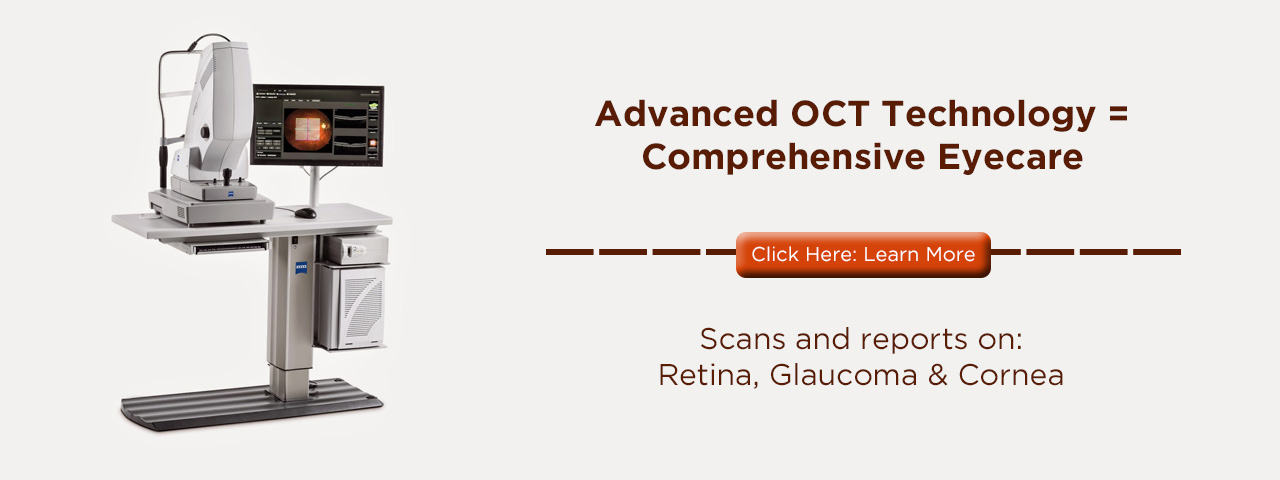FREQUENTLY ASKED QUESTIONS
Dr. Vaughan Answers Your Questions
Can non eye-related medications affect my eyesight?
In addition to being “windows to the soul”, your eyes are also a clear indicator—or window—to your overall general health. That’s why it’s so important to understand the relationship between your eyes and any medications you may currently be using. Since eye doctors can use your eye health as a predictor or measure of your general health, all medications that could affect your eyes need to be discussed with your eye care professional.
Can non eye-related medications affect my eyesight?
Yes, they can. Because of its rich blood supply and relatively small mass, the eye is susceptible to certain drugs and toxic agents. Many medications, both prescription and nonprescription (over the counter) can alter the quantity or the quality of your vision, or pose a threat to your future eye health.
Your current medications and healthy sight actually go hand in hand, and need to be discussed with your eye doctor.
How can medications affect eyesight?
Potential adverse effects of medications on your eyes can be classified into three basic categories:
Medications that can cause blurred vision or alter your eyes’ ability to adjust to the environment can affect your quantity of vision.
Medications that can induce glare, increase light sensitivity, or impair light-dark adaptation affect your quality of vision.
Medications that can contribute to the development of ocular disorders. Certain medications can become a factor in developing disorders such as: cataracts, keratopathies, retinopathies, maculopathies, optic neuropathies, and glaucoma. These potential effects of certain medications are typically long term, potentially more serious, and pose a greater threat to vision. However, their progression can usually be prevented (or limited) if recognized early and the offending agent is discontinued or the dosage reduced.
Are there other factors to consider connecting medications and eyesight?
There is a growing body of experimental and epidemiological evidence connecting chronic UVR exposure with vision-threatening ocular disorders such as cataracts. Medications that either dilate the pupil (increasing the amount of UV entering the eye) or increase the effects of UV on the eye (photosensitizers) may increase the risk of developing UV-related eye disease.
If you are concerned about the effects your medications may have on your eyes, or experience any eye-related side effects, you should consult your primary care doctor or eye care professional.
Special thanks to theTransitions EyeGlass Guide for source material that aided in the creation of this website. Visit http://ecp.eyeglassguide.com
When should my child have their first eye exam?
Your child needs to have their first eye exam by age four or five. There are two especially important problems we look for at this age. Amblyopia (“lazy eye”) must be detected at a very young age so it can be treated. Children with amblyopia rarely complain about their vision (because one eye still works well) and they usually show no signs of problems to their parents. We can treat amblyopia with eye patching therapy and/or eyeglasses at a young age, but treatment is generally ineffective in children eight years or older. Amblyopia is often caused by a large imbalance in prescription between the eyes, normally from hyperopia (farsightedness). It can also be caused by a slight misalignment between the eyes. If there is a slight inward crossing of the eyes, one of the eyes will become amblyopia and will never see well unless we treat it at an early age.
The other problem we frequently see in young children is moderate or large amounts of farsightedness (hyperopia). These children will often see 20/20 on a standard eye chart but they will suffer from problems with reading and sometimes headaches. This problem frequently gets overlooked for many years because children often get screened with distance eye charts. These children will pass a standard distance visual acuity screening but they will not perform at their best in school or with reading.
I have seen many children suffer for years with hyperopia and their parents thought they had no problems because they had seen well on a distance visual acuity chart. I have also had very upset parents when I tell them their 12 year child will never see well out of one eye because of amblyopia, but that we could have treated this problem had the child been much younger.
We are certainly willing to see children younger than four if the parents are concerned about their eyes. One important condition I want to stress is it VERY important that we see a child if their eyes cross inward, even if it only happens occasionally. We have see children as young as one or two with one inward crossing eye. This is called esotropia or strabismus. This is often caused by a large amount of farsightedness and often leads to permanent vision impairment in one eye and permanent eye crossing unless treated early. It is important to treat this as soon as possible, with excellent results in two -four year old children.
Some parents ask how can we measure the prescription in a young child. We have invested in sophisticated equipment for this purpose. We have two autorefractors, including a hand-held version that works very well with children to measure their prescriptions with good accuracy. We also use retinoscopes to further evaluate their vision. We have a computerized visual acuity chart called Acuity Pro, that uses randomized pictures that works well to determine the visual acuity in young children. We also sometimes use potent eye drops called cycloplegic agents that in conjunction with retinoscopy or autorefractors can give us a very accurate determination of prescriptions even in a two or three year old.

